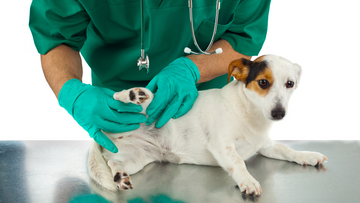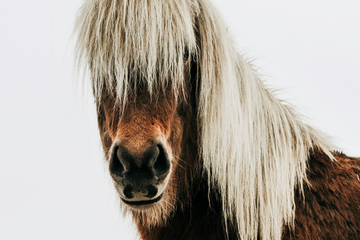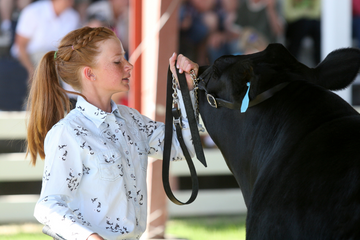Skijoring is a winter sport in which a person on skis is pulled by a horse, a dog, (or dogs) or a motor vehicle, but the most popular form is with dogs. Skijoring originates from the Norwegian word Skikjoring, which literally means “ski driving”. The Sport is simply cross-country skiing with the aid of a towing agent. It likely began in the Lapland’s of Scandinavia as a form of transportation where animals such as reindeer and horses pulled a skier over difficult winter terrain. Later, likely influenced by Alaskan sled dog culture, the idea was adjusted to include dogs.

In dog skijoring, also called dog skiing, both dog and human wear harnesses, and are attached to each other by a tow line. The dog runs through the snow, towing the human behind them on skis. The best skijorers are medium-to-large athletic dogs, but eagerness matters far more than breed. Common sled dog breeds have a small advantage, and many “professional” skijoring dogs are huskies, malamutes, and other hardy cold-weather breeds.
However, other common breeds are:
- Pointers
- German Shepherds
- Dalmatians
- Border Collies
- Golden Retrievers
- Great Dane
- Greyhounds
- Greater Swiss Mountain Dog
- Tibetan Mastiff
- Japanese Akita
These skijoring dog breeds have strong paws that enable them to easily move in extreme cold terrains. However, these are just a few of the breeds seen at skijoring competitions in the states. Regardless of their breed, your dogs need to love to run, consistently obey their training, and respect other dogs if you wish to compete with them in a race. Anyone can enjoy skijoring as a recreational sport or go full-blast competitive in pro races. In some places, “fun runs” are organized by kennel clubs during winter, too. Skijoring is a great way to keep you and your dog’s active during the winter months.






















